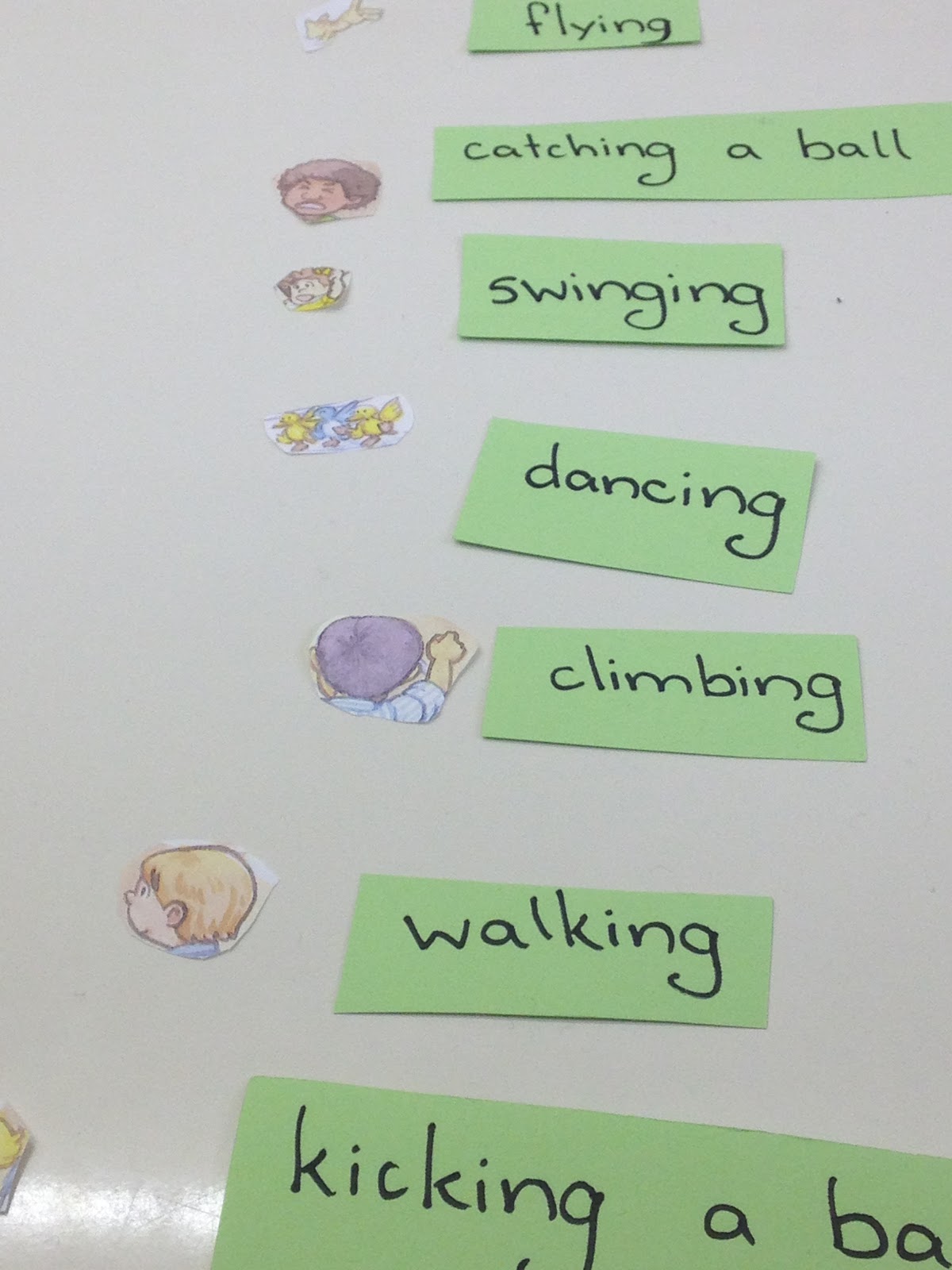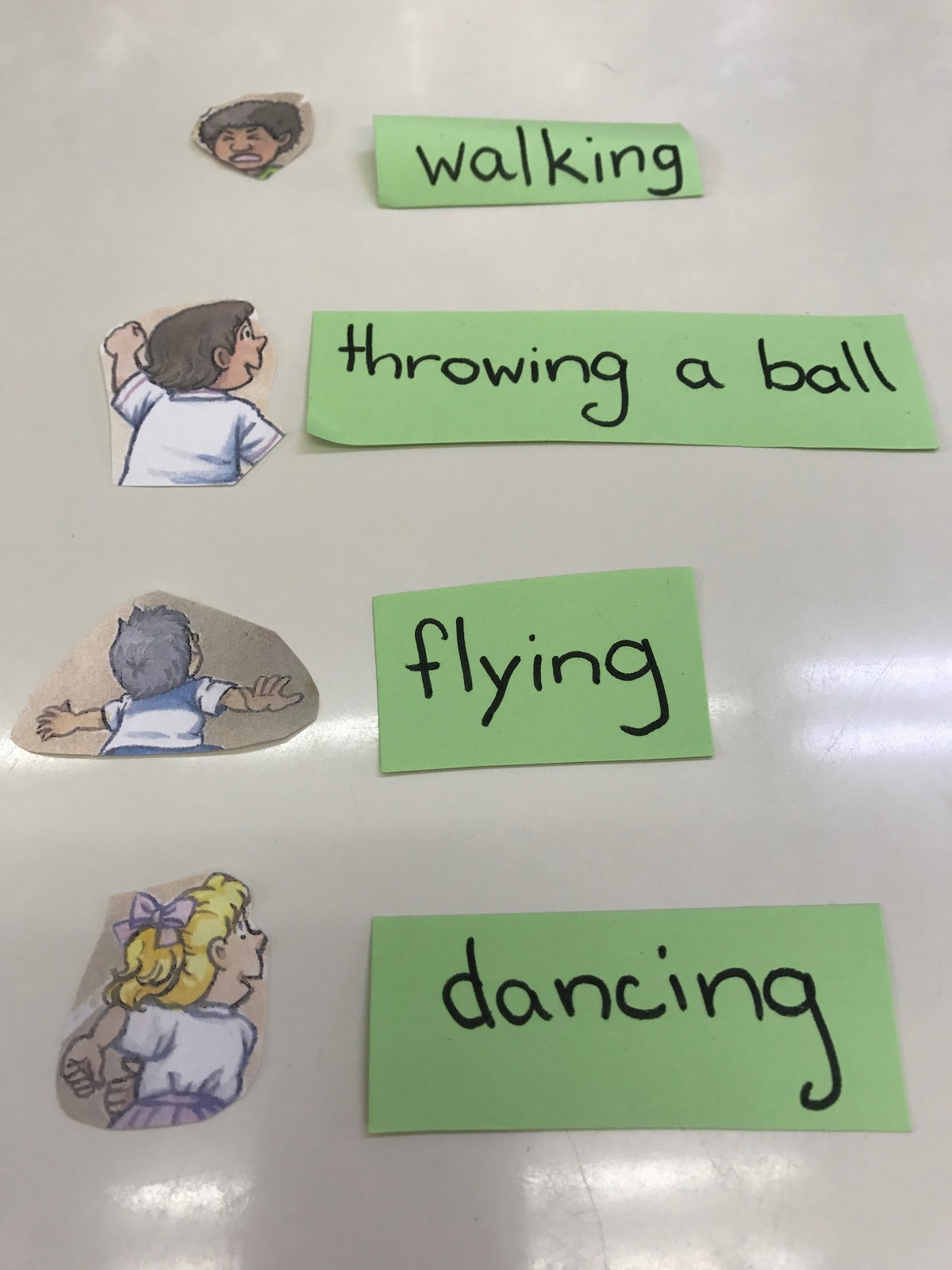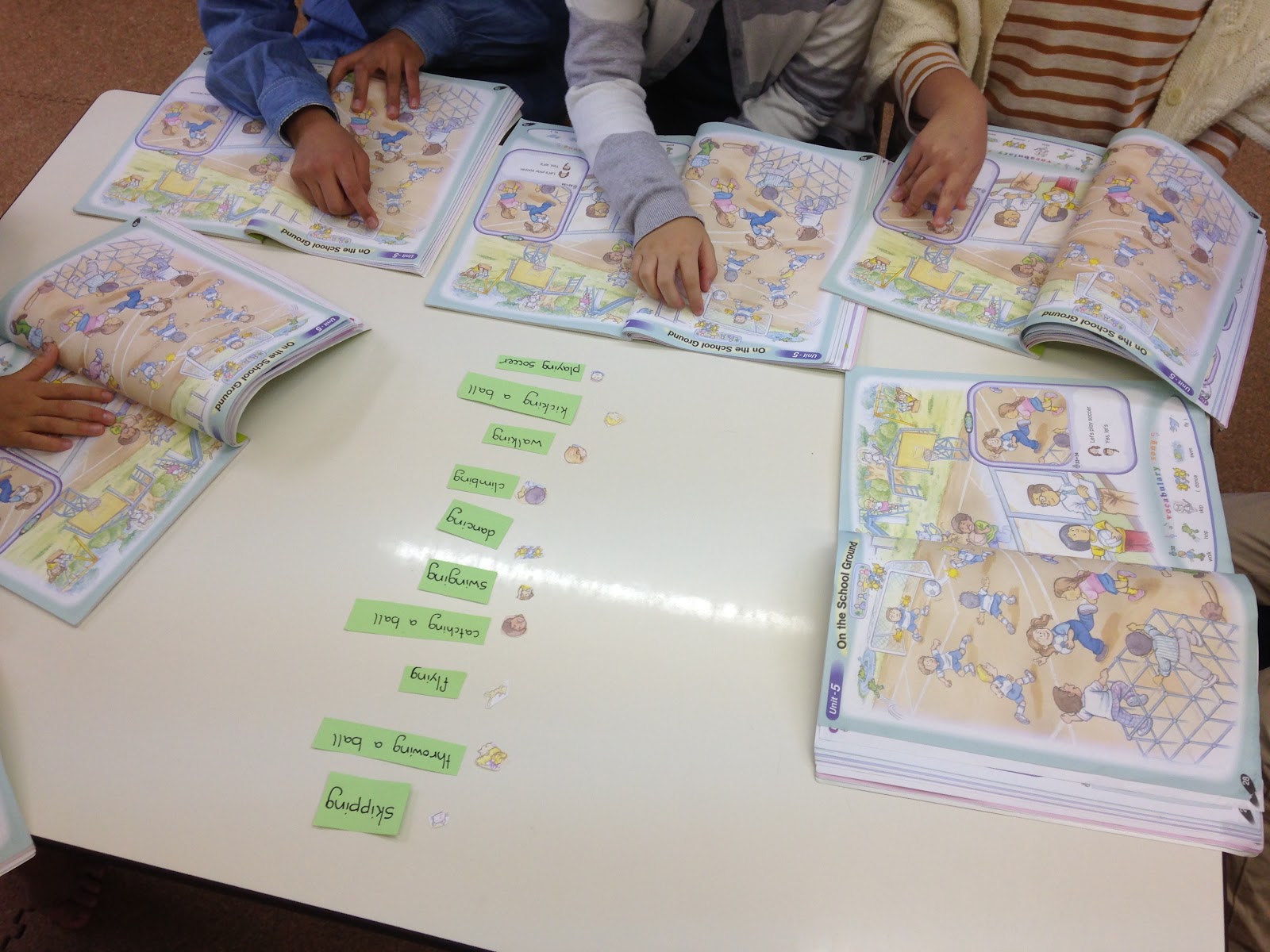

- 54. 10 Useful Pieces of Advice for Teaching with LEARNING WORLD #9 & 10
- 55. “Happy New Year!” “I don’t say that.”
- 53. Halloween 2019
- 52. READY Workbook Pg. 17
- 51. English-Uplift 1-Day Seminars
- 50. READY Workbook - vocabulary copying activity
- 49. 10 Useful Pieces of Advice for Teaching with LEARNING WORLD #8
- 48. 10 Useful Pieces of Advice for Teaching with LEARNING WORLD #7
- 47. 10 Useful Pieces of Advice for Teaching with LEARNING WORLD #6
- 46. 10 Useful Pieces of Advice for Teaching with LEARNING WORLD #5
- 45. 10 Useful Pieces of Advice for Teaching with LEARNING WORLD #4
- 44. 10 Useful Pieces of Advice for Teaching with LEARNING WORLD #3
- Kindergarten aged students
- Lower Elementary-school aged students
- Upper Elementary-school aged students
- Junior High and older students
- Others
31. READY: “On the School Ground”
This Unit introduces verbs in their simple form, and includes the expression “Let’s ~”. , In the illustration Kaetlyn is holding a soccer ball, which suggests that she is not yet playing it. While turning to Yuko she is running and pointing to an area of the playground where other kids are playing the sport. The whole illustration makes the meaning of “Let’s play soccer” very clear.
Because the illustration makes for easy input of the target language, it’s tempting to have students simply open their textbooks and teach from there. Although we hear at APRICOT workshops that it’s beneficial to introduce the target language to students in a communication activity before they open their textbooks, it’s not always easy designing a meaningful activity on certain target expressions – and “Let’s ~” is a case in point!
I recently gave a lesson on this page. To encourage student interaction and to give students more sight-reading experience, I cut out the faces of a photocopied version of page 28 and prepared hand-written English of the verbs. The verbs were written in the progressive form
( ~ing). As a class, students read each verb and matched them to a face. Throughout this process textbooks remained closed. Matching was done based entirely on imagination.

The students had a fun time with this activity. They all worked together to read the word-cards. Certain expressions on the faces made certain verbs highly unlikely, but their combination made amusing imagery.

In the end, textbooks were opened to check.

Once the page was open, the transition from the progressive form (~ing) to the simple tense form with “Let’s ~” wasn’t problematic. The illustration of Kaetlyn and Yuko is clear enough.
When the target language doesn’t lend itself easily to a communication activity, it may instead be a nice opportunity to give students a sight-reading experience during which meaningful communication may evolve.




















